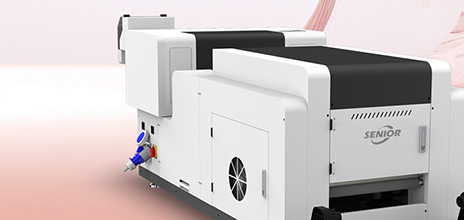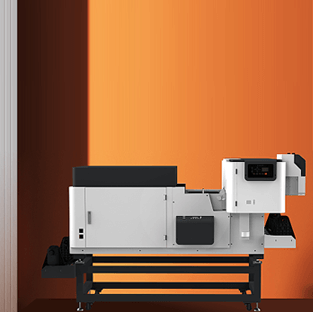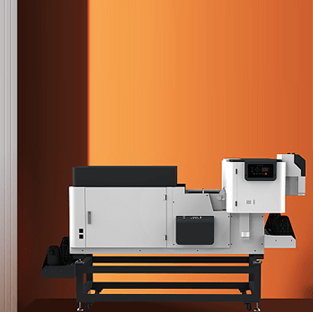DTF powder, also known as hot melt powder, is an essential adhesive in the DTF (direct-to-film) printing process. It plays a crucial role in bonding the ink-printed image to the fabric. Selecting the right DTF powder is not only about achieving the desired printing effect but also directly impacts the quality and durability of the final product.
Classification of DTF Powder
Based on texture and application, DTF powders can be categorized into various types, including fine powder, medium powder, coarse powder, and special function powders such as Solid Lock DTF powder and anti-sublimation DTF powder.
Fine DTF Powder (0-80 microns): Ideal for printing on delicate fabrics and scenarios requiring high-precision patterns, like small wash labels, tags, and high-end custom clothing. It provides a smooth touch but may have reduced fastness in high humidity.
Medium DTF Powder (80-170 microns): The most popular choice, suitable for various common apparel fabrics like T-shirts, hoodies, and sportswear. It has a granular texture, easy to shake and clean, offering a moderate hand feel.
Coarse DTF Powder (120-240 microns): It is suitable for fabrics with coarse texture, such as rough cotton, linen, canvas or denim. The gap is large, it is easy to shake the powder clean, and the three-dimensional effect is strong.
Selecting DTF Powder Based on Printing Needs
Consider the Fabric Type and Color
Different fabric types have varying compatibility with DTF powders. Choose based on the fabric's material, elasticity, and color.
White DTF Powder: Suitable for fabrics of any color, ensuring vibrant and clear prints. Especially good for light-colored fabrics, providing excellent adhesion and opacity.
Black DTF Powder: Ideal for dark textiles, preventing color sublimation and enhancing color depth and vividness. Primarily used for dark colors or fabrics requiring anti-sublimation properties.
Evaluate Powder Characteristics and Functions
When selecting DTF powder, consider key characteristics

 EN
EN CN
CN KR
KR



